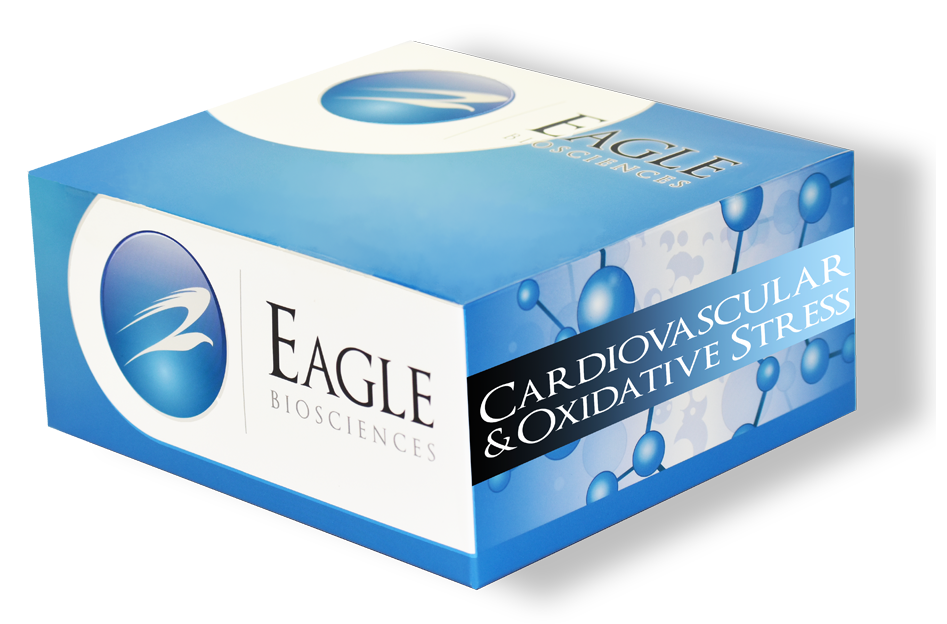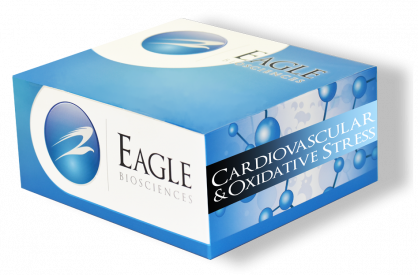Mouse MIP-2 ELISA Assay
The Mouse MIP-2 ELISA Assay is For Research Use Only
Size: 1×96 wells
Sensitivity: 4 pg/mL
Dynamic Range: 7.8 – 250 pg/ml
Incubation Time: 3.5 hours
Sample Type: Serum, Plasma, Cell Culture
Sample Size: 100 µl
Alternative Names: Macrophage Inflammatory Protein 2, CXCL2, C-X-C Motif Chemokine Ligand 2
Assay Background
Mouse macrophage inflammatory protein-2 (MIP-2), also known as CXCL2, was originally identified as a heparin-binding protein secreted by an LPS-stimulated mouse macrophage cell line. A cDNA clone encoding the protein was isolated from this cell line and characterized. Based on its protein and DNA sequences, mouse MIP-2 was classified as a member of the alpha (CXC) chemokine family of inflammatory and immunoregulatory cytokines.
Mouse MIP-2 cDNA encodes a 100 amino acid residue precursor protein from which the amino-terminal 27 amino acid residues are cleaved to generate the mature mouse MIP-2. The protein sequence of mouse MIP-2 shows approximately 63% identity to that of mouse KC, another mouse alpha chemokine. Mouse MIP-2 is also 60% identical to human GROβ and GROγ. Based on these protein sequence similarities, it is likely that mouse KC and MIP-2 are homologs of human GROα, β and γ chemokines. Since chemokines with protein sequence homology to human IL-8 have not been identified in mice, it has been suggested that the mouse KC and MIP-2 are functional homologs of human IL-8 in mice. A putative mouse homolog of the human IL-8 receptor beta (IL-8 Rβ) has also been cloned. This receptor shows 71% identity to human IL-8 Rβ and 68% identity to human IL-8 Rα. Both mouse KC and MIP-2 bind mouse IL-8 Rβ with high affinity.
Like human IL-8, mouse MIP-2 exhibits potent neutrophil chemotactic activity and may be a key mediator of neutrophil recruitment in response to tissue injury and infection. Increased MIP-2 expression has been found to be associated with neutrophil influx in various inflammatory conditions.
Related Products
Rat MIP-2 ELISA Assay Kit
Mouse GM-CSF ELISA Assay Kit
Mouse VEGF ELISA Assay


